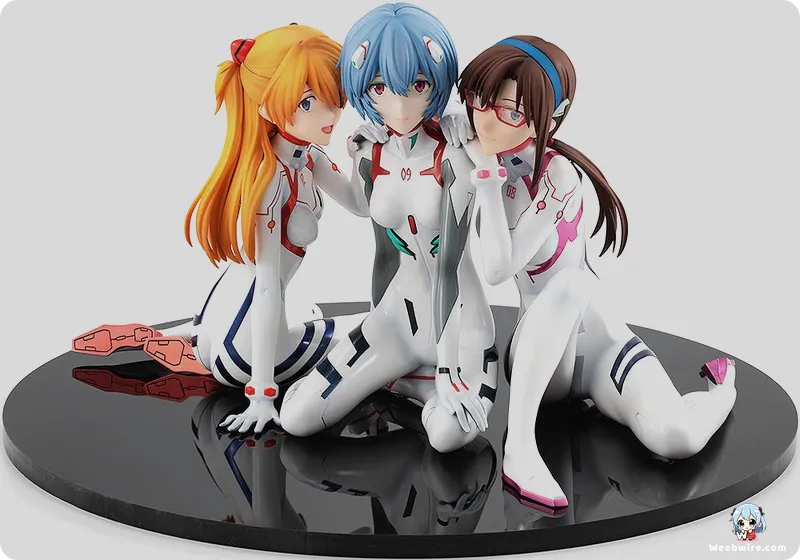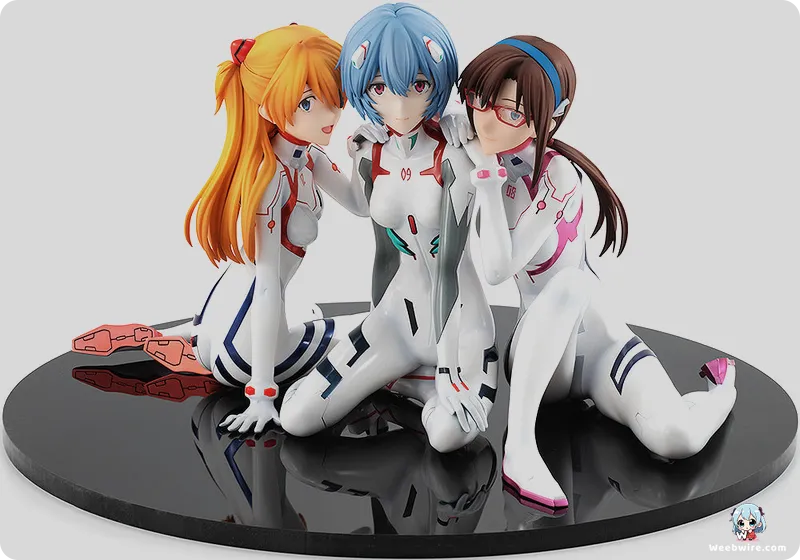Evangelion: Thrice Upon a Time - A Definitive End and Creator's Catharsis

Evangelion: 3.0+1.0 Thrice Upon a Time stands as the monumental and psychologically profound capstone to the iconic Rebuild of Evangelion film series. This final cinematic chapter is laden with intricate layers and deeply personal touches, demanding multiple viewings to appreciate its nuances and offering rich insights for seasoned fans. The very title, "Thrice Upon a Time," serves as a potent meta-commentary on the franchise and Hideaki Anno's journey, signifying both the culmination of three previous films and Anno's repeated attempts to bring the saga to a definitive close. It promises a final telling, finally delivering true closure and reflecting the cyclical nature of the narrative.
Hideaki Anno's Personal Journey Reflected
A core aspect of the film’s impact is its reflection of Hideaki Anno's personal struggles. Anno has been open about his depression and complex relationship with Evangelion, and Thrice Upon a Time acts as a therapeutic work, mirroring his path toward healing. Shinji Ikari’s evolution from a traumatized individual to someone capable of empathy and self-sacrifice directly parallels Anno's desire for peace and to move on from the franchise, making it a powerful personal catharsis.
Revolutionary Visuals and Meta-Commentary
Visually, the film introduces revolutionary concepts like the "Anti-Universe" or "Minus Space." Depicted with stark, monochromatic visuals and non-Euclidean geometry, this abstract realm is a profound metaphor for a void, emphasizing characters' psychological and existential struggles. Studio Khara's willingness to experiment and convey complex philosophical ideas through pure imagery is evident in this stunning visual language. Furthermore, a surprising avant-garde element is the brief, seamless integration of live-action footage. This isn't merely aesthetic; it's Anno's meta-commentary blurring lines between animation and reality, a direct message: "Go outside, live your life," urging viewers to reflect on their own lives.

A Definitive End and a Message of Moving On
Unlike prior ambiguous conclusions, Thrice Upon a Time offers remarkable closure for Shinji, Asuka, and Rei. Their growth, resolution, and self-discovery are central, providing the definitive 'ending' Anno sought to encourage moving forward and breaking the franchise's cycle of repetition. The film's ultimate message, symbolized by a train station, is one of moving on to a 'new world' without Evangelions. This direct message to fans signifies the end of the suffering and escapism tied to the series, encouraging them to find their own 'new world' outside the franchise a bold, refreshing stance for a series known for its introspective and often bleak themes.
Masterful Score and Technical Prowess
Shiro Sagisu’s iconic score remains integral, delivering another masterpiece. He revisits classic themes while introducing new compositions that capture the film’s mature, melancholic, yet hopeful tone. His ability to subtly alter leitmotifs reflects character growth, solidifying his role as a master film scorer. Finally, the film is a testament to Studio Khara's incredible technical prowess. Founded by Anno, Khara seamlessly blends traditional 2D animation with cutting-edge CGI, creating dynamic action and breathtaking environments. This monumental achievement pushes anime film boundaries, showcasing the studio's dedication to Anno's vision.
Thrice Upon a Time is not just a story's end but a profound statement on artistic evolution and the power of storytelling, a singular cultural phenomenon.
Credits
Evangelion: 3.0+1.0 Thrice Upon a Time
Author
Hideaki Anno
Cover Art
Yoshiyuki Sadamoto
Studio
Studio Khara
Publisher
Khara
Producers





